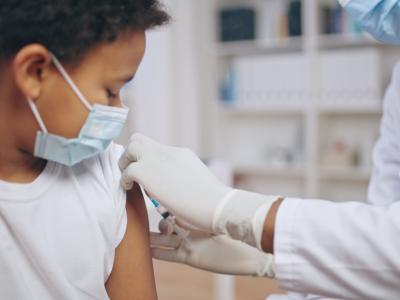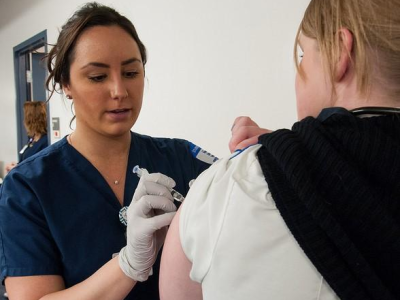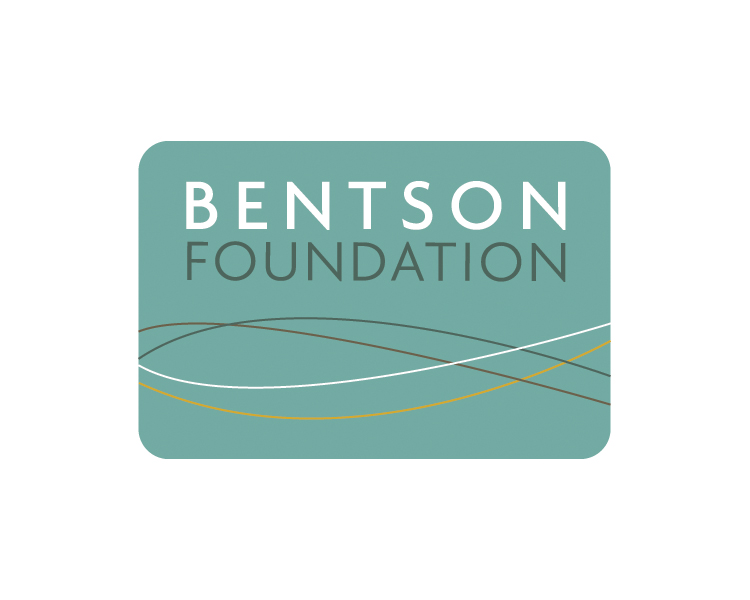Monoclonal antibodies shown effective for breakthrough COVID-19 cases
New research from the Mayo Clinic shows monoclonal antibodies reduce the risk of hospitalization 77% in 1,395 patients who had breakthrough COVID-19 infections. The research was published yesterday in the Journal of Infectious Diseases.
To conduct the retrospective study, researchers compared outcomes of confirmed COVID-19 patients who were fully vaccinated treated with either bamlanivimab, bamlanivimab-etesevimab, or casirivimab-imdevimab, as single infusion from January to August 16, 2021, to those who did not receive treatment.
The average age of breakthrough patients was 54 years. Roughly 10% were cancer patients, and 69.8% had been fully vaccinated with the Pfizer-BioNTech vaccine, a mean 120 days prior to infection.
More than two thirds of the breakthrough infections—71.8%—occurred after June 2021, when the Delta (B1617. 2) variant was the dominant strain in the Midwest, where the study was conducted. The rate of hospitalization was 2.7% among patients treated with monoclonal antibodies, compared with 10.7% among those who did not receive therapy.
"Since the vast majority of our cohort developed breakthrough COVID-19 during the Delta surge, our finding also provides the clinical correlate to experimental data that suggested that casirivimab-imdevimab retains efficacy against SARS-CoV-2 B.1.617," the authors said.
Patients with significant comorbidities were most likely to have significant symptoms from breakthrough infections. Patients who had high blood pressure, chronic kidney disease, and cardiovascular disease were at increased risk, the authors said.
Nov 16 J Infect Dis study
Maryland reports imported monkeypox case
Maryland officials and the Centers for Disease Control and Prevention (CDC) have confirmed a monkeypox infection in a state resident who had recently returned from Nigeria, the Maryland Department of Health (MDH) said yesterday in a statement.
The patient has mild symptoms and is recovering in isolation, but is not hospitalized.
The CDC said today that the patient's virus matches the strain that has been re-emerging in Nigeria since 2017. It added that it is working with the airline and other partners to reach passengers who may have been in contact with the patient. Mask use on the plane during the COVID-19 pandemic probably makes the risk of spread by respiratory droplets low, the CDC said.
Healthcare workers should be alert for poxlike lesions, especially among travelers from Nigeria, the CDC said. Since 2017, 218 monkeypox cases have been confirmed in Nigeria, and 8 exported cases were detected in other countries, including one in Texas in July.
Nov 16 MDH statement
Nov 17 CDC statement
Feds investigate discovery of smallpox vials in Pennsylvania lab
Federal officials and law enforcement are investigating a lab worker's discovery of vials labeled "smallpox" while cleaning out a freezer in a Pennsylvania vaccine research facility, CNN reported today.
The CDC told CNN that there's no sign that anyone was exposed to a small number of vials that appear to be intact. The lab worker who found the vials was wearing gloves and a face mask. The agency said it would share more details as available.
In 2014, National Institutes of Health (NIH) employees found decades-old vials that appeared to contain smallpox in an unused lab storage area on its Bethesda, Maryland, campus. Two vials contained viable virus, but no human infections were related to the discovery.
Smallpox was eradicated in the 1970s, but health officials remain concerned that remaining samples could pose a bioterror threat if terrorists obtain them. The last remaining known stockpiles are kept in approved labs in the United States and Russia. The World Health Assembly has often grappled with proposals to destroy the remaining stocks, which are kept to test smallpox countermeasures.
Nov 17 CNN story
South Africa reports out-of-season flu spike
South Africa's National Institute for Communicable Diseases (NICD) today issued an alert about an unseasonal spike in flu activity, which began in late August and showed a sharp increase in early November.
In a statement, the NICD said clusters have been reported from schools and workplaces, and that influenza B has been the most commonly detected strain. It added, however, that both influenza A viruses are also circulating. And though detection rates exceed earlier seasonal thresholds, the agency said absolute numbers are still relatively low, perhaps due to less healthcare-seeking behavior during the pandemic.
Officials said increased flu activity in the summer isn't typical and likely results from relaxed COVID-19 measures and an immunity gap due to flu not circulating for 2 years. They added that it is never too late to vaccinate, especially for people who have risk factors for flu complications.
Nov 17 NICD statement
In other flu developments, the European Centre for Disease Prevention and Control (ECDC) yesterday issued its first flu characterization for the new flu season, which said flu detections are still low across the region, but they are up sharply compared with the 2020-21 season and are close to the usual levels seen during previous seasons.
H3N2 is the dominant strain. Most H1N1 viruses are in the subgroup contained in Northern Hemisphere flu vaccines.
Meanwhile, H3N2 viruses are split between the Cambodia-like virus, which is covered by flu vaccines, and the Bangladesh-like virus, which is ascending, the ECDC said. Recent H3N2 samples from the Netherlands were Bangladesh-like viruses.
Nov 16 ECDC flu virus characterization report










